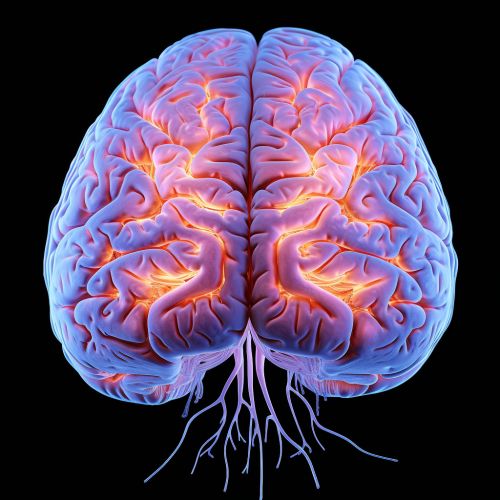Split-brain
Overview
The term "split-brain" refers to a condition resulting from the severance or dysfunction of the corpus callosum, the bundle of neural fibers connecting the two hemispheres of the brain. This condition is most commonly observed as a result of commissurotomy, a surgical procedure performed to alleviate severe epilepsy.


Anatomy and Function of the Corpus Callosum
The corpus callosum is the largest white matter structure in the brain, consisting of approximately 200 million contralateral axonal projections. It connects the left and right cerebral hemispheres and facilitates interhemispheric communication.
Commissurotomy and Split-Brain Condition
Commissurotomy, often referred to as split-brain surgery, involves severing the corpus callosum either partially or entirely. This procedure is typically performed on patients suffering from severe, intractable epilepsy. The operation aims to prevent the spread of epileptic seizures from one cerebral hemisphere to the other.
Effects of Split-Brain Condition
Following commissurotomy, patients typically experience a range of cognitive and perceptual changes, collectively referred to as split-brain syndrome. These changes can include difficulties with problem-solving tasks, language processing, and sensory perception.
Split-Brain Research and Findings
Research into split-brain patients has provided valuable insights into lateralization of brain function, and the concept of hemispheric specialization. Notably, studies conducted by Roger W. Sperry, who won the Nobel Prize in Physiology or Medicine in 1981 for his split-brain research, have significantly advanced our understanding of the brain's structure and function.
